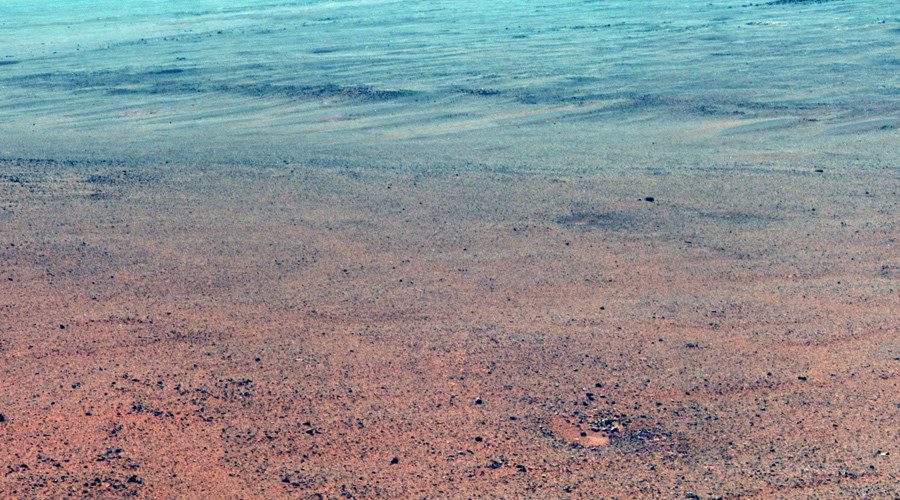Opportunity landed on Earth's nearest neighbor 13 years ago and has been scouring the planet for signs of life ever since, despite being hampered by numerous technical problems.
Since 2011, the rover has been investigating sites near a large crater, some 22 kilometers (13.6 miles) across, known as Endeavour. Earlier in June, Opportunity found rocks at the edge of the crater's rim crest above Perseverance Valley.
NASA boffins think they were transported there by a flood or, far less excitingly, eroded by wind where they stand. Having completed a "walkabout" of the area, the team now intends to drive the rover into the crater in the hope of finding answers.
"We want to determine whether these are in-place rocks or transported rocks," Opportunity Deputy Principal Investigator Ray Arvidson said.Opportunity and the more advanced Curiosity rover operate along with three Mars orbiters as part of an ambitious project to uncover the planet's secrets, with the ultimate goal of human colonization at some point in the 2030s.
"One possibility is that this site was the end of a catchment where a lake was perched against the outside of the crater rim. A flood might have brought in the rocks, breached the rim and overflowed into the crater, carving the valley down the inner side of the rim," he continued.
"Another possibility is that the area was fractured by the impact that created Endeavour Crater, then rock dikes filled the fractures, and we're seeing effects of wind erosion on those filled fractures."
Opportunity has far surpassed expectations since it landed in 2004. NASA has operated the aging rover "for more than 50 times longer than the originally planned mission duration of three months."




Reader Comments